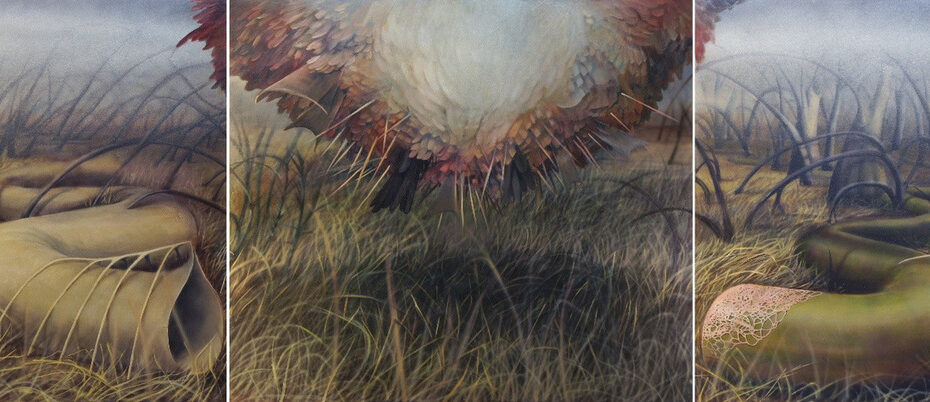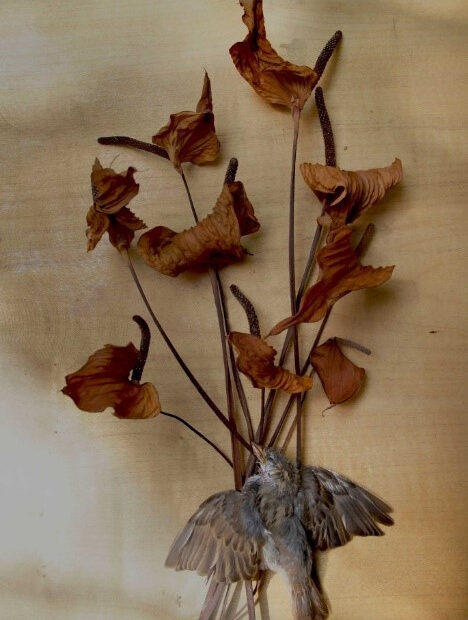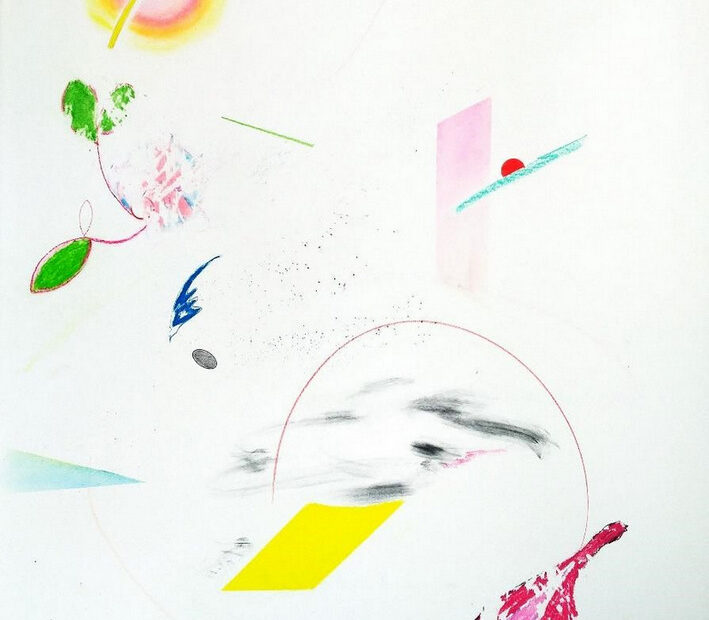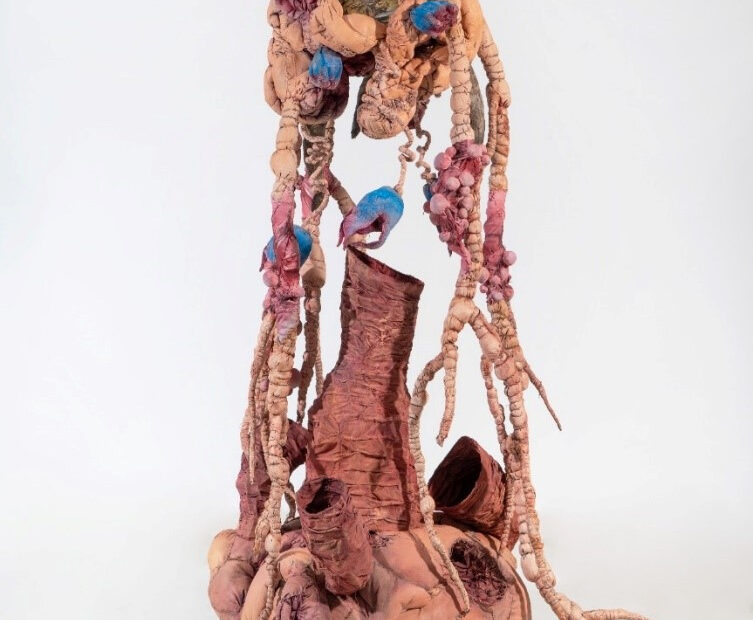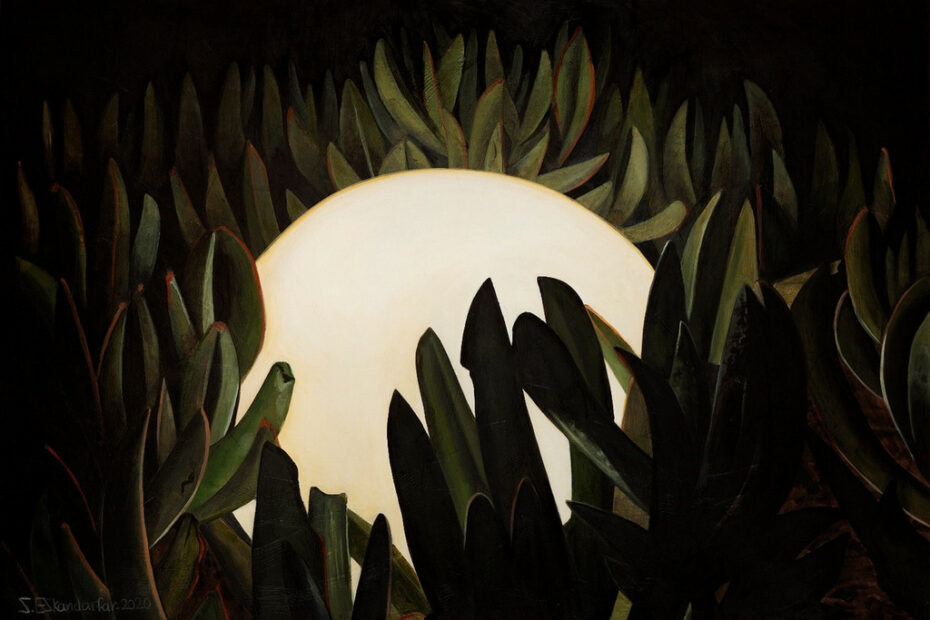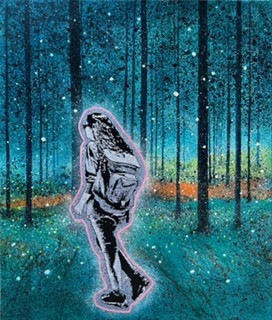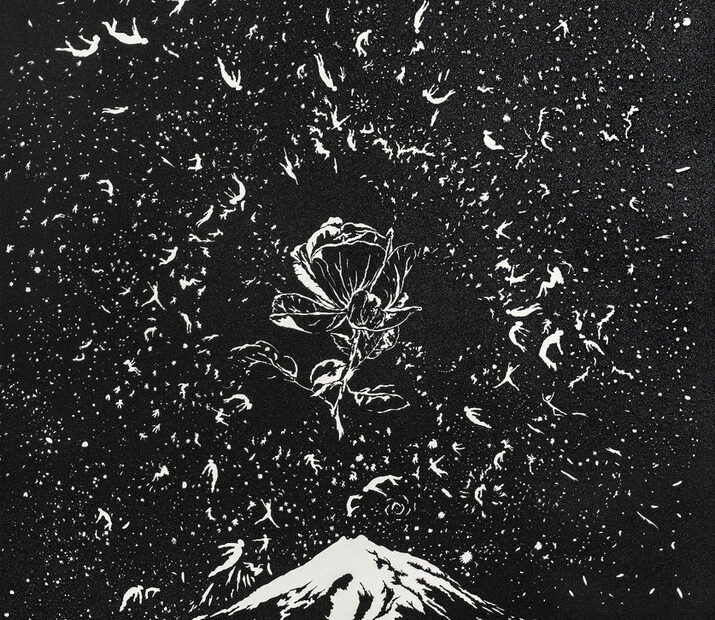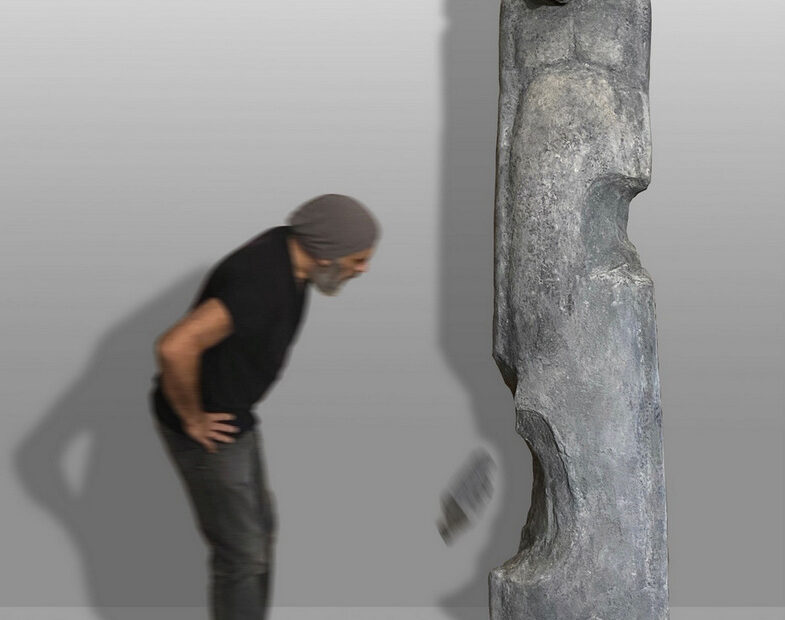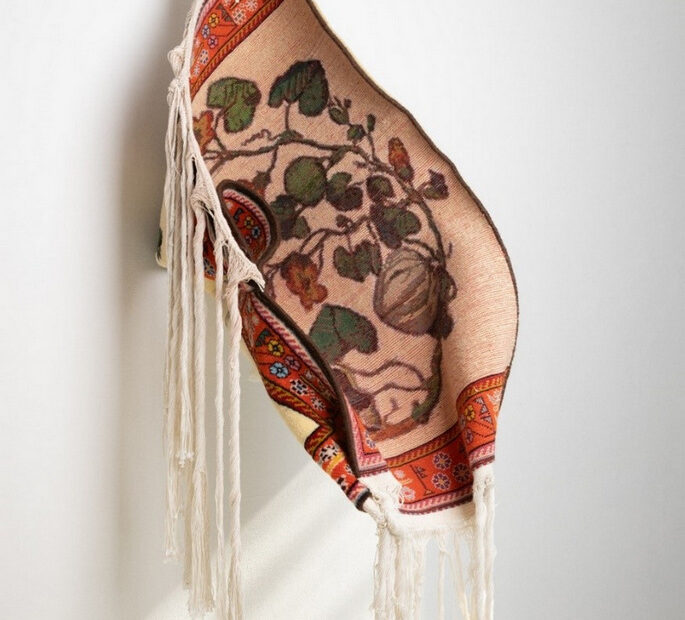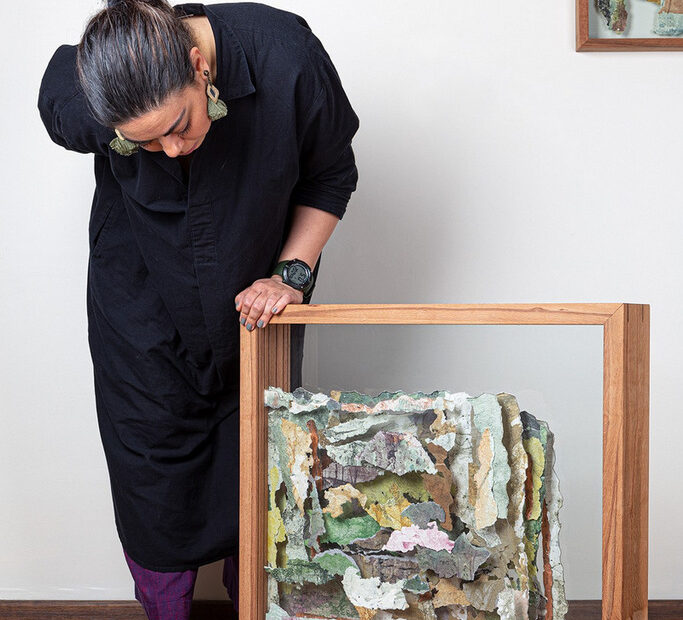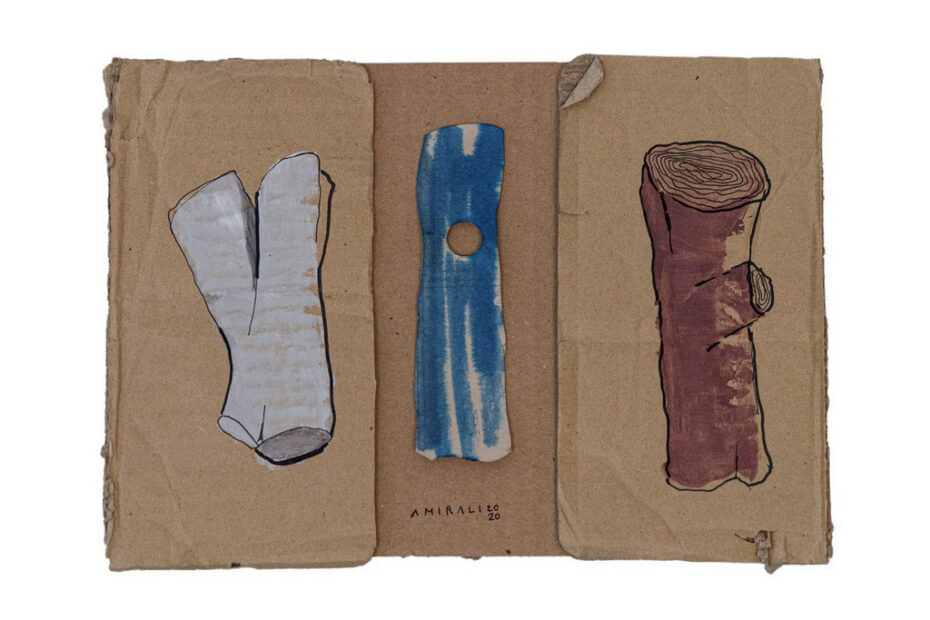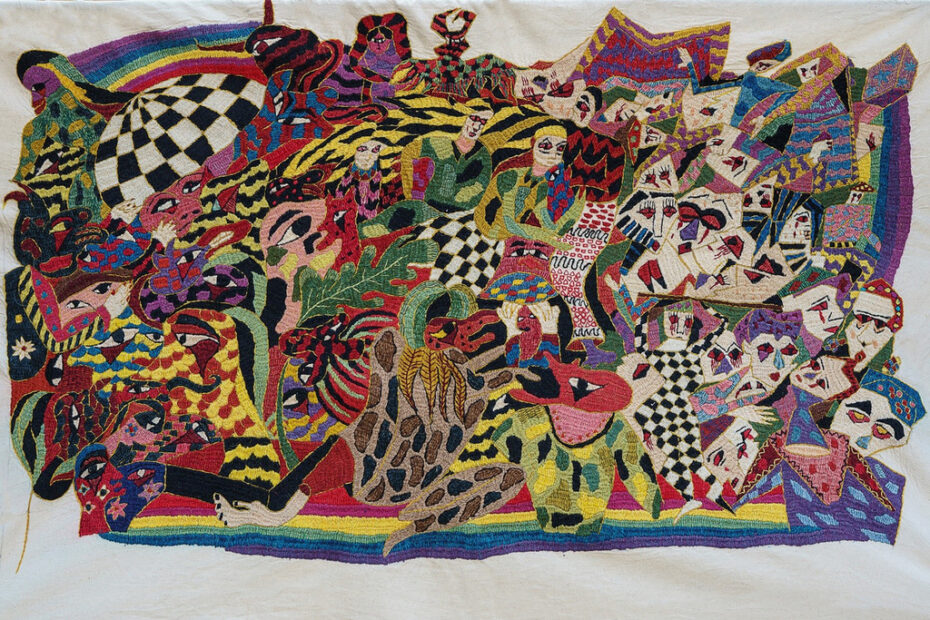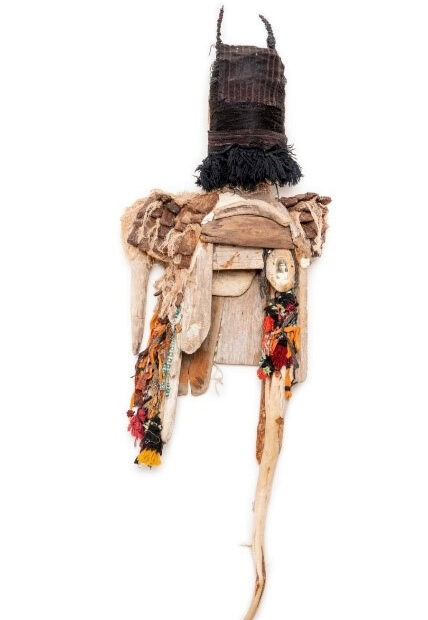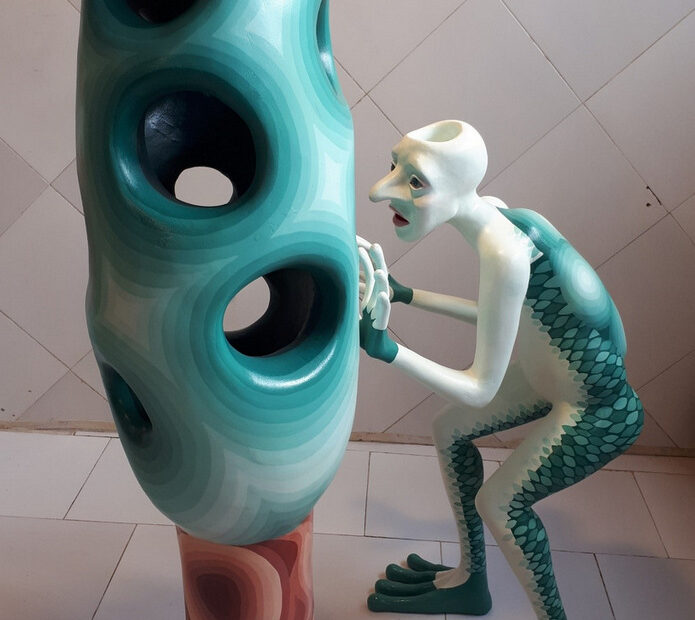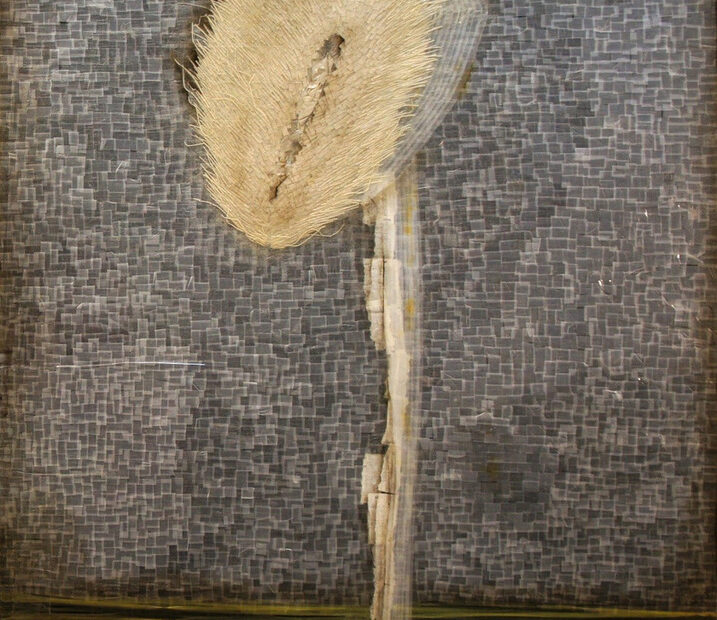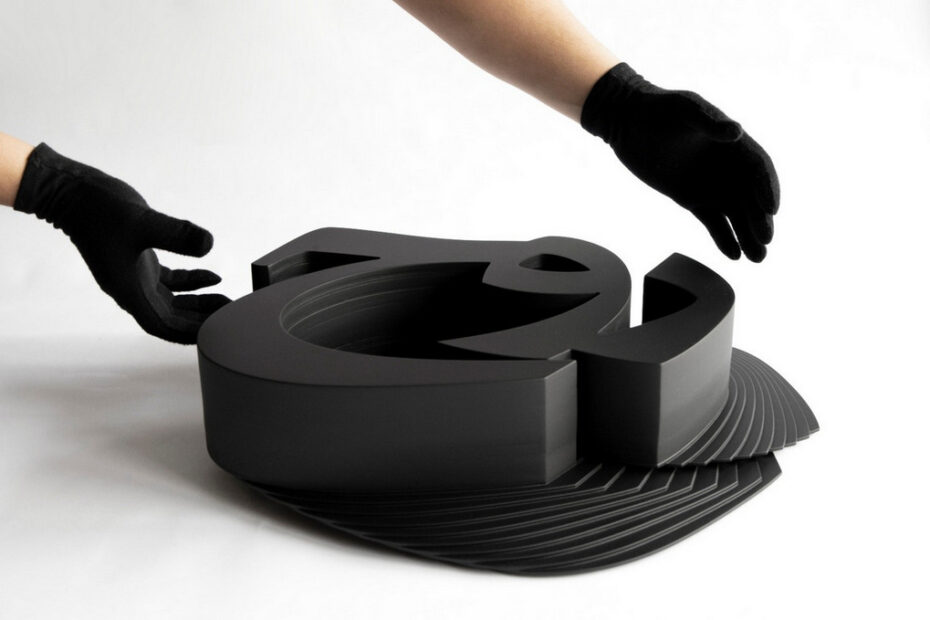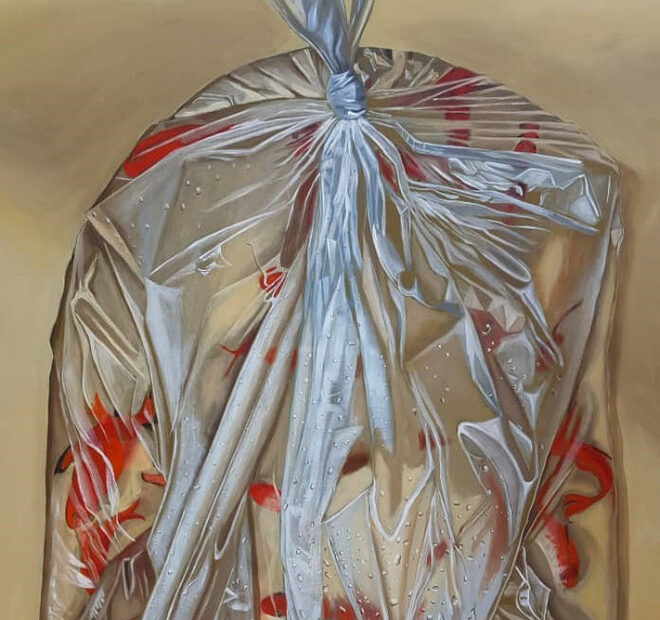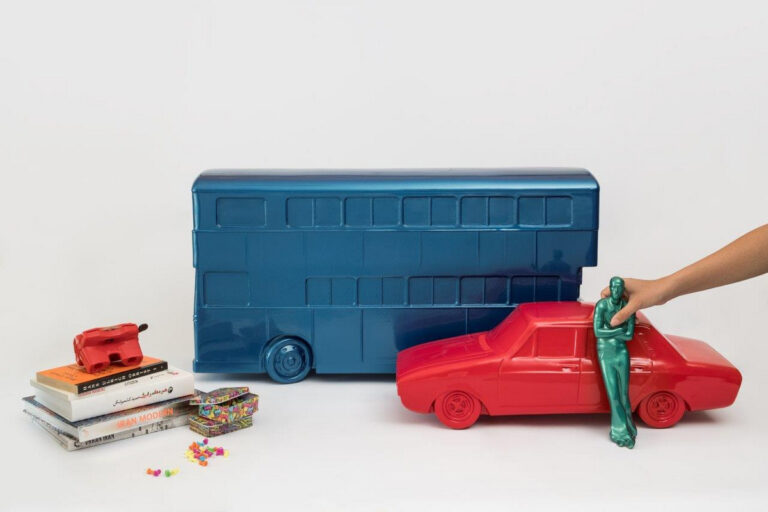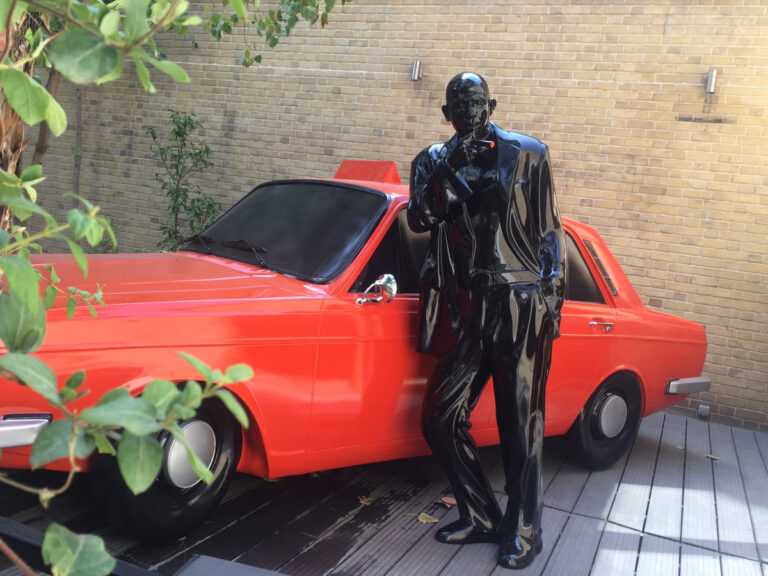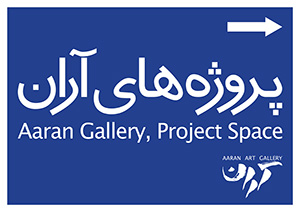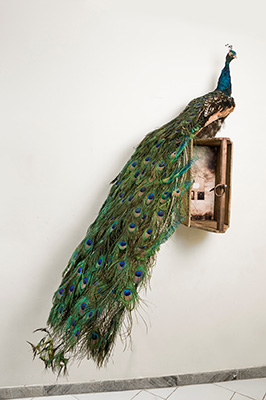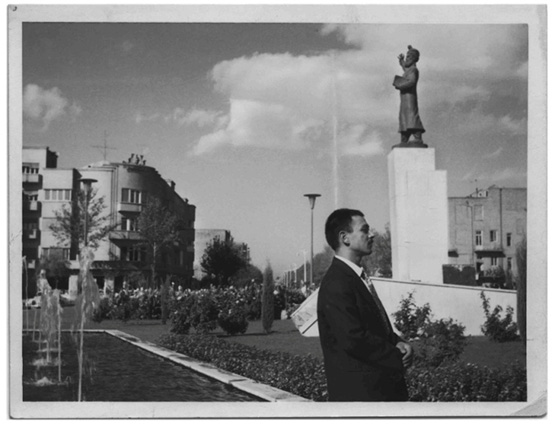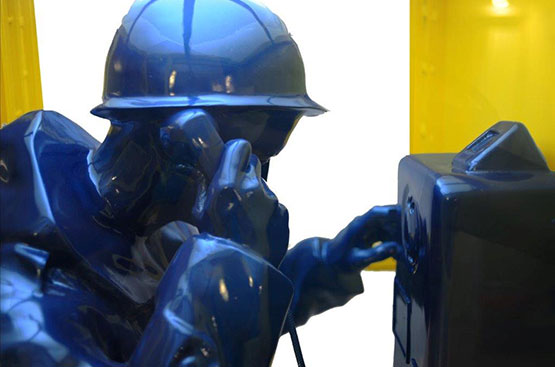End of Year Group Exhibition
Opening on 24th February 2023
On View until 17th March 2023
Artists:
Farhad Ahrarnia, Shaqayeq Ahmadian, Sara Assareh, Samira Eskandarfar, Mohamad Eskandari, Ebrahim Eskandari, Reihaneh Afzalian, Sanahin Babajanians, Fatemeh Bahman Siyahmard, Dadbeh Bassir,Parisa Taghipour, Sara Tavana, Manijeh Hejazi, Parisa Hejazi, Sara Hosseini, Zari Hosseini, Hamid Hemayatian, Anahita Darabbeigi, Nasim Davari, Raoof Dashti, Navid Salajegheh, Sara Soleimani Qashqayi,Amir Hossein Shahnazi, Hamed Sahihi, Nastaran Safaei, Bahar Samadi, Kiarang Alaei, Maryam Farzadian, Mayram Farshad, Mehdi Farhadian, Naghmeh Ghassemlou, Amirali Ghasemi, Narges Mohamadian, Shirin Mellatgohar,Koosha Moossavi, Parsoua Mahtash, Elmira Mirmiran, Allahyar Najafi, Siamak Nasr, Nazgol Nayeri, Leila Nouraei, Mohammad Hamzeh, Marjan Hoshiar.
Don’t be sad, my land!
I have planted flower seeds in your wounds
One day there will be flower everywhere…
Alireza RoushanFor Women, For Life, For Freedom
It is through artistic creations that Iran reveals her true self and this many believe constitutes her most precious legacy. The Persian legacy has endured many turbulences of history. No historical shock has been able to break the chain. There were interruptions, yet they always permitted even provoked a resumption of creativity; ideas, styles, techniques forcefully imposed, were accepted and integrated in to our existing practice. The Iranian spirit is a tenacious one, we can endure extremes and at the same time our thousands of years of history teaches us to remain optimistic and persistent.
Throughout the last forty-four years of our perpetual revolution, the visual artists have had to carve their independence; in the first years the universities were purged through the so-called Cultural Revolution and artists and professors had to look for other jobs or start private classes. Many left the country. Although it was a difficult struggle, but they succeeded in achieving autonomy from a Regime that controls the distribution of our national wealth and would never support progressive arts. This resilient attitude which is now adapted by the younger generations, was very important in the recent difficult times where despite pressures and the fears, the visual arts has stood its ground and has been an outspoken and integral part of the structure of our brave civil society.
Our artists continue to consciously challenge the status quo and the peripheral environment as well as themselves. They insist on their sense of independence and persist in their capabilities like all other modern human beings. They help preserve a Persian legacy, enriching our lives and inspiring us as a nation to become better than we are. It is this perseverance and humility that is the source of the merit of Iranian arts and its limitless potential.
We are constantly reminded of our legendry bird: The Phoenix who is believed to possess the knowledge of all times, from ashes she rises to create wonderment, she plunges in to flames to be purified , to rise again, every time stronger, every time mightier.
Nazila Noebashari
To see more of this exhibition, please follow us on Instagram: @aarangallerytehran
Address: Neauphle Le Chateau, Lolagar St. No 5.
Tel: +98 21 66702233
We are open Wednesdays and Thursdays 1-6 pm.
For opening day and Fridays: 4-8 pm
